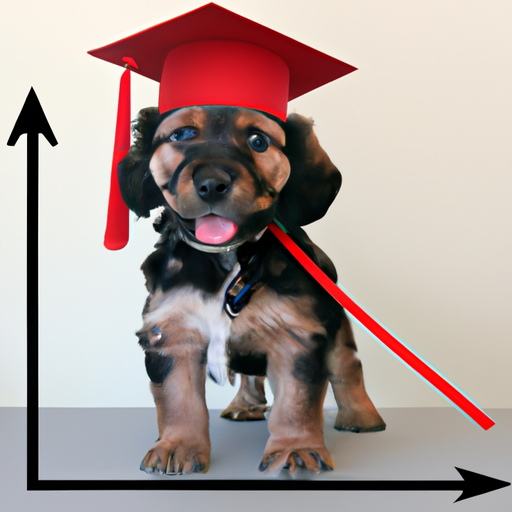Introduction
As a caregiver, you’ve likely asked yourself this question: “when is a puppy fully grown?” You watch your tiny pup grow bigger each day and wonder when they will stop. Understanding a puppy’s growth process is essential to ensuring they’re healthy and developing at the right pace. This guide will provide an in-depth look at your puppy’s growth journey.
Understanding Puppy Growth Stages
First, you must understand that puppies don’t grow at the same rate. The breed plays a crucial role in determining when a puppy will reach its full size. Smaller breeds tend to mature faster than larger ones. Here’s a general timeline for puppy development:
- Birth to 2 weeks: Neonatal period
- 2 to 4 weeks: Transitional period
- 4 to 12 weeks: Socialization period
- 3 to 6 months: Juvenile period
- 6 months to maturity: Adolescence
Factors Affecting Puppy Growth
1. Breed
As mentioned earlier, the breed is a significant determinant of when your puppy will stop growing. Here’s a brief table illustrating this:
| Breed Size | Growth Completion |
|---|---|
| Small Breeds (like Chihuahuas) | 6-8 months |
| Medium Breeds (like Border Collies) | 12 months |
| Large Breeds (like German Shepherds) | 18 months |
| Giant Breeds (like Great Danes) | 24 months (or more) |
2. Nutrition
Feeding your puppy a balanced diet is key to ensuring they grow properly. You should opt for high-quality puppy food that meets the nutritional needs at each growth stage.
3. Health
Parasites, diseases, and injuries can significantly affect a puppy’s growth. Regular vet checks are crucial for early diagnosis and treatment.
Signs Your Puppy is Fully Grown
- Teeth: By the time your puppy is about six months old, they should have a full set of permanent teeth. This is a good indication that their growth is slowing down.
- Paws: If your puppy’s paws seem large compared to the rest of their body, they’ve still got some growing to do.
- Sexual Maturity: Most puppies reach sexual maturity before they’re fully grown. If your puppy has been spayed or neutered, this might slow their growth.
How to Measure Your Puppy’s Growth
Keeping track of your puppy’s weight and size can give you a good idea of when they might stop growing. Regular vet visits are also an opportunity to check if your puppy is growing at the right pace.
When to Be Concerned
If your puppy seems to be growing too quickly or too slowly, it’s time to consult your vet. Rapid growth can lead to health problems, especially in larger breeds. On the other hand, stunted growth can indicate nutritional deficiencies or underlying health issues.
FAQs
1. What if my puppy is not growing?
Stunted growth can be a sign of nutritional deficiencies, parasitic infections, or genetic disorders. It’s important to consult with your vet if you’re concerned about your puppy’s growth.
2. How can I tell if my puppy is overweight?
An overweight puppy may not have an obvious waistline and you may not be able to feel their ribs easily. If you’re unsure, it’s best to consult with your vet.
3. My puppy is a mixed breed. How can I know when they will stop growing?
Mixed breeds can take after either parent or be a blend of both. Your vet can give you the best guess based on your puppy’s current size and the size of similar mixed breeds.
4. Will neutering/spaying affect my puppy’s growth?
Evidence suggests that spaying/neutering can cause a puppy to grow slightly taller than they would have if they had not been spayed/neutered at an early age.
In conclusion, understanding when a puppy is fully grown depends on several factors, including breed, nutrition, and health. As you immerse yourself in the journey of caring for your puppy, remember to enjoy each stage of their growth and development. They grow up so fast, after all!



